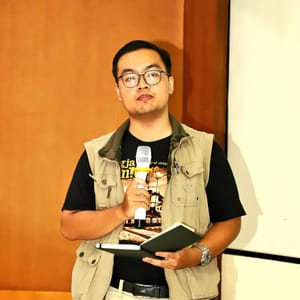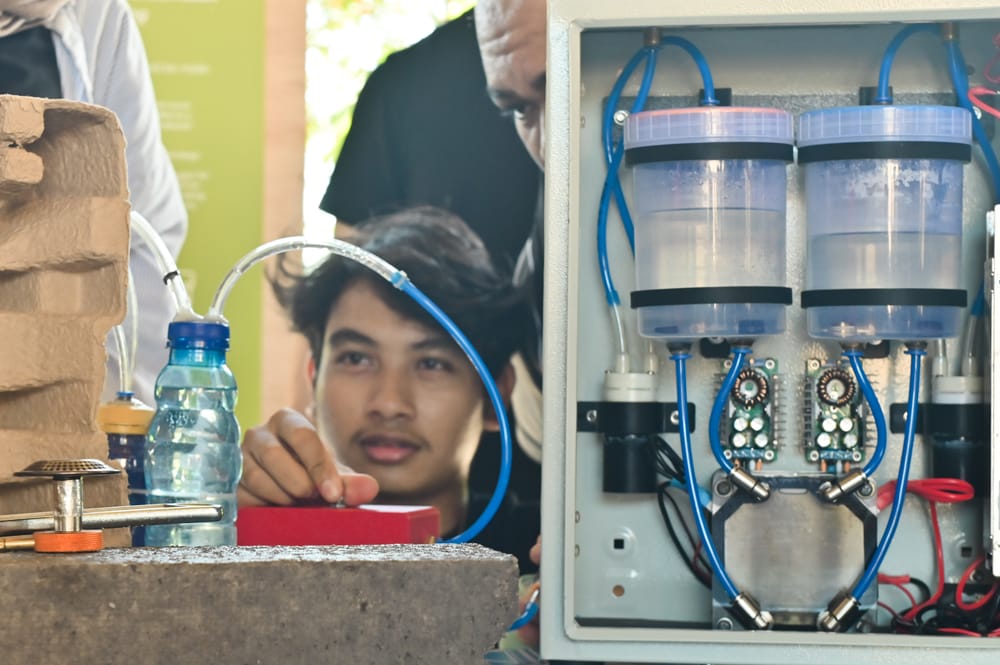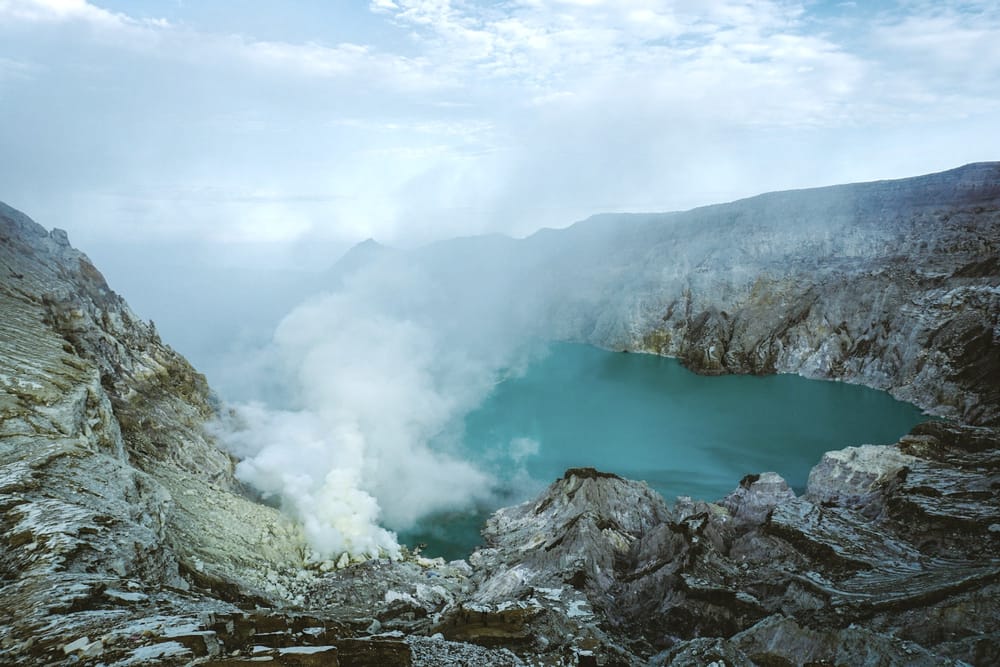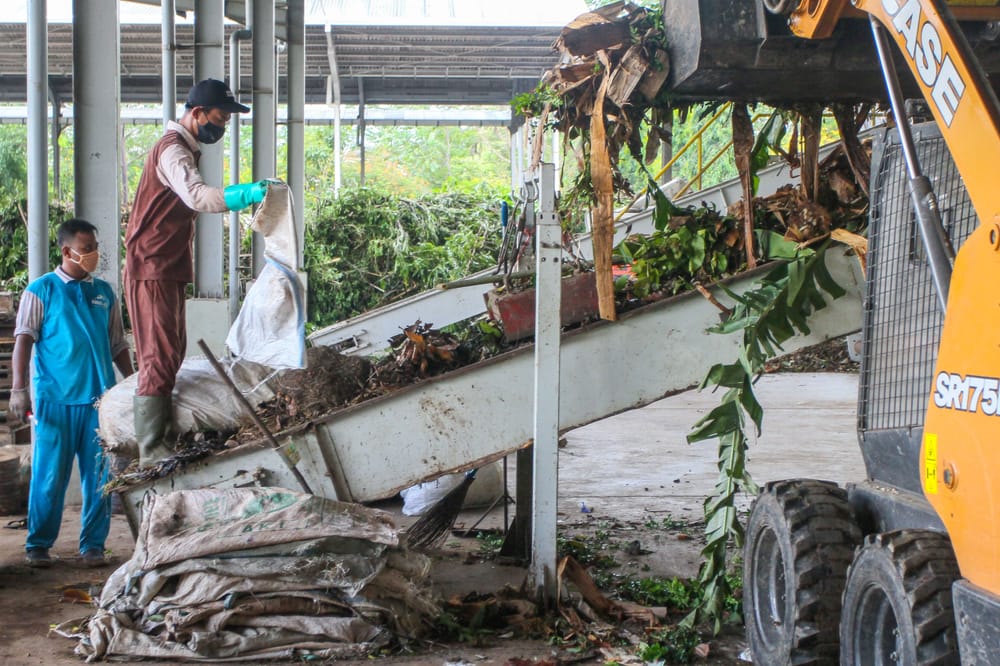The name of the new institution, whose leader was recently inaugurated by President Prabowo on Monday, August 25, 2025, includes the word 'industry.' The Mineral Industry Agency (BIM), as the new institution is called, is headed by the Minister of Higher Education, Science, and Technology, Brian Yuliarto, based on Presidential Decree No. 77/P 2025.
However, BIM should not be interpreted as a factory that will process minerals and mining goods, especially since its chairman is a scientist. This institution will act as a bridge connecting research at universities and the National Research and Innovation Agency (BRIN) with mining policymakers, in this case, the Ministry of Energy and Mineral Resources (ESDM), as well as industrial development.
This means that, through BIM, the state is encouraging large investments in research and development (R&D) to utilize Indonesia's natural resources. This includes not only popular minerals found in the earth, such as oil, coal, and gas, but also lesser-known minerals, such as Rare Earth Elements (REE).
The Minister of Energy and Mineral Resources, Bahlil Lahadalia, stated that BIM will be the sole manager of REE in Indonesia, separate from the Ministry of ESDM. "In the future, our policy will be upstream, on the raw materials. We will not allow rare earth metals to be managed publicly, but will be managed by the state. There will be its own governance, and just wait for the regulations," said Bahlil, as quoted from Antara, Monday (25/08).
Bahlil emphasized that the division of roles between the Ministry of ESDM and BIM is quite clear. The Ministry of ESDM will regulate the availability of raw materials, while the processing flow up to the determination of the final product will be handed over to BIM.
Cannot stand alone
The Chairman of the Mining Expertise Board of the Indonesian Engineers Association (PII), Rizal Kasli, mentioned that one of the initial potentials successfully discovered in Indonesia is a reserve of monazite, a reddish-brown rare earth phosphate mineral found in igneous, metamorphic, and sedimentary rocks, such as river and beach sand. Monazite contains thorium, a radioactive substance that is the main material for nuclear power plants.
The existence of monazite as REE has been sidelined because it is considered tin mining waste in Bangka Belitung. Meanwhile, other REE minerals are still under investigation and are still in the form of hypothetical resources.
"No other mineral reserves have been found that can be developed further to the processing and manufacturing stage," said Rizal when contacted by SUAR, Wednesday, August 27, 2025.
Referring to the mandate of the Mineral and Coal (Minerba) Law, Rizal believes that the development of REE potential cannot be carried out by the government alone. This is because, in addition to being constrained by budget limitations, REE exploration in the early stages has a very high risk.
This is because this initial research requires high costs, uncertain results, and potential negative environmental impacts, such as damage to soil structure and water pollution, which require large investments and technology, as well as strict monitoring to minimize these risks.
To mitigate these risks, the government can share tasks with state-owned companies or private parties that already have the technological capacity and special geological competence to manage this development. "The government should just focus on its function as a regulator and developing policies that are conducive to the investment climate in this field," he said.
In addition to the development of potential that must involve many parties, the technology for processing and refining REE minerals in the country requires large investments and further development, so that dependence on the technology for processing this valuable material on other countries can be reduced.
"Ideally, the government should provide full support for R&D programs from universities (PT), research institutions, and private partners so as to produce technologies that can be used in the development of this REE commodity, considering that there have been several pilot project by BPPT and Puspiptek before being dissolved, which could actually be continued to the commercial stage," said Rizal.
Various opportunities await
Executive Director of the Indonesia Mining Association (IMA), Hendra Sinadia, understands the tendency for REE potential to be wasted so far. He reminded that the potential of rare earth minerals has actually existed for hundreds of years in the earth's crust.
"It's just that in the past, the market for these products was not as big as it is now, and there was no technology to process them. At that time, many people didn't know, so it was considered a by-product," Hendra told SUAR.
In addition to being a raw material for the production of high-tech materials, according to Hendra, REE has actually been used in various everyday products, ranging from cell phones, ceramics, optical devices, to airplanes. "The trend will continue to grow, especially with geopolitical dynamics, the supply chain of REE is becoming increasingly important," he said.
This is possible because until today, China, which has succeeded in spurring its high-tech industry, has managed to secure 80% to 90% of the world's REE supply, which is intended for the manufacture of space satellites and defense instruments.
It is hoped that with the existence of regulations in this sector, it will open up opportunities to attract high-tech investment in order to process the REE, because the world does not want to depend on just one country.
Imagine, if China monopolizes the use of rare earth elements, many parties will be affected. "Now, this high dependence momentum is an opportunity for us because currently various countries are looking for alternative REE suppliers," said Hendra.

Commercial steps after 2025
Although the exploration and exploitation of rare earth elements in Indonesia is not yet popular, in May 2025, PT Timah has initiated a thorium extraction project from monazite in collaboration with its parent company, Mind ID, in Tanjung Ular, West Bangka, Bangka Belitung Province. The Tanjung Ular processing facility, which has been established since 2010, is currently undergoing revitalization to prepare for commercial-scale REE production, which is planned to begin after 2025.
When confirmed regarding the operational plans for processing thorium and monazite, Mind ID had not provided a response as of this news being published.
John Zadeh's analysis from Discovery Alert Australia assesses that PT Timah's steps are very strategic. This is considering that the need for rare earth elements such as neodymium, praseodymium, and dysprosium are materials for creating magnets that are applied in various electronic devices, while the global supply chain that is able to provide them is very limited.
The challenge of extracting REE consists of at least two layers. First, the hydrometallurgical method to separate valuable elements from other elements.
Second, the method of handling radioactive waste requires advanced protocols in accordance with the International Atomic Energy Agency (IAEA) regulations, so that the processing and purification of ETJ must be precise and perfect.
Third, standardization of quality control to meet the specifications of overseas market needs according to the manufacturing needs of high-tech products.
Zadeh added that ETJ extraction has a number of implications for Indonesia going forward. These range from reducing import dependence, opening up opportunities for technology transfer, diversifying resources, to independence in strategic mineral needs as a first step in establishing a high-tech manufacturing ecosystem in Indonesia.
"With a vision to become a reliable supplier of rare earth elements for the production of electric vehicles and renewable energy generators, Indonesia's vision to supply 5% of global ETJ demand by 2030 indicates an ambitious but also realistic aspiration to achieve," he said.






